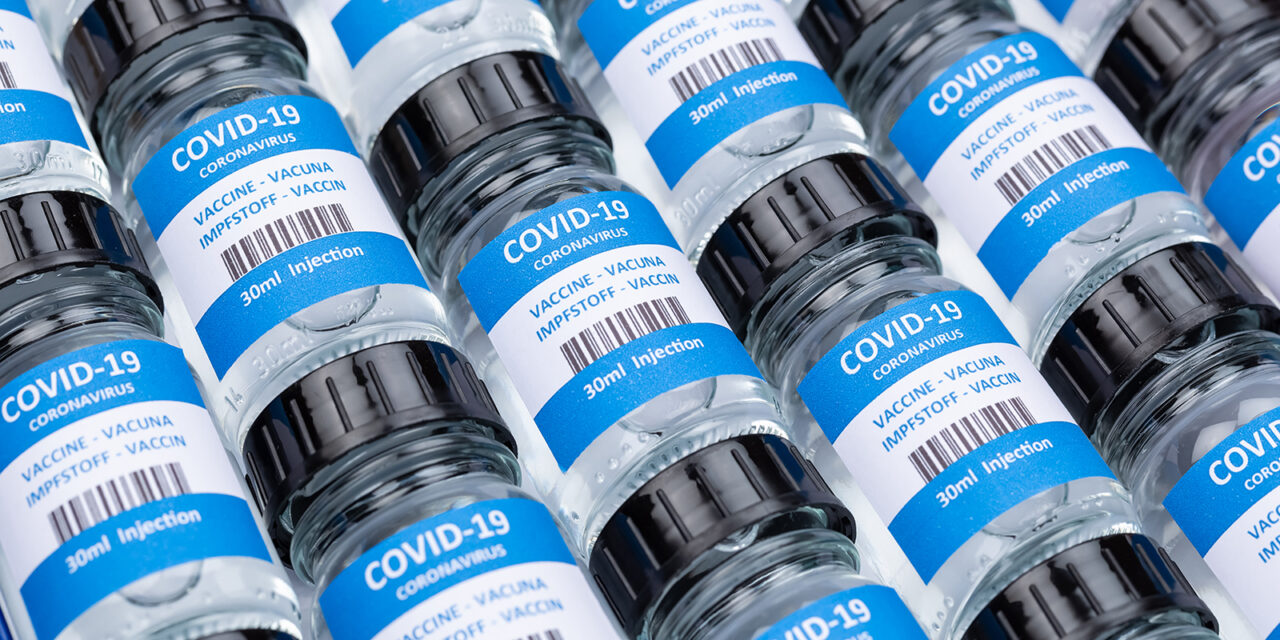
As the omicron variant swept across the United States, the number of COVID-19 infections reached an all-time high. A Centers for Disease Control and Prevention (CDC) report released Tuesday shows the extent to which the percentage of people with COVID-19 antibodies rose as well.
Nearly 58% of the overall population had evidence of the antibodies associated with the disease that has killed nearly 1 million people in the United States and nearly 74,000 in the state of Florida. The data from February 2022 showed the percentage of young children and adolescents who had the antibodies was even higher, reaching 75%.
This new study indicates the greatest increases in seroprevalence, or the level of infection of a particular pathogen, were among the youngest. Overall seroprevalence increased from 35% to 57% between September 2021 and February 2022. During that same time frame, it jumped from 44.2% to 75.2% among those aged 11 and younger and from 45.6% to 74.2% among adolescents aged 12-17.
While overall seroprevalence increased for all age cohorts, it grew at a slower rate for older demographics.
Seroprevalence increased from 36.5% to 63.7% among adults aged 18-49 between September 2021 and February 2022, and from 28.8% to 49.8% among those aged 50-64.
Among those aged 65 and older, the rate of people with antibodies jumped from 19.1% in September 2021 to 33.2% in February 2022.
The greatest increases in seroprevalence between September 2021 and February 2022 occurred in the age groups with the lowest vaccination coverage. Just 28% of children aged 5-11 are vaccinated, whereas 90% of those aged 65 and older are vaccinated.
Not all COVID-19 cases are detected, treated or reported. Tracking the population who have COVID-19 antibodies can help provide a better understanding of population-level infection rates.
To that end, researchers used data from the CDC’s national commercial laboratory seroprevalence study and the 2018 American Community Survey to examine U.S. trends between September 2021 and February 2022 by age group.
The commercial laboratory study uses blood samples submitted to commercial laboratories for reasons unrelated to COVID-19, such as routine medical care or a sick visit. The samples are tested for anti-nucleocapsid antibodies, which are produced by COVID-19 infection and not from any vaccine currently authorized for the prevention of COVID-19.
The study’s authors stress that vaccination remains the safest strategy for preventing complications from COVID-19 infection, including hospitalization among children and adults.
“Staying up to date with vaccination is recommended for all eligible persons, including those with previous SARS-CoV-2 infection,” the report reads.



